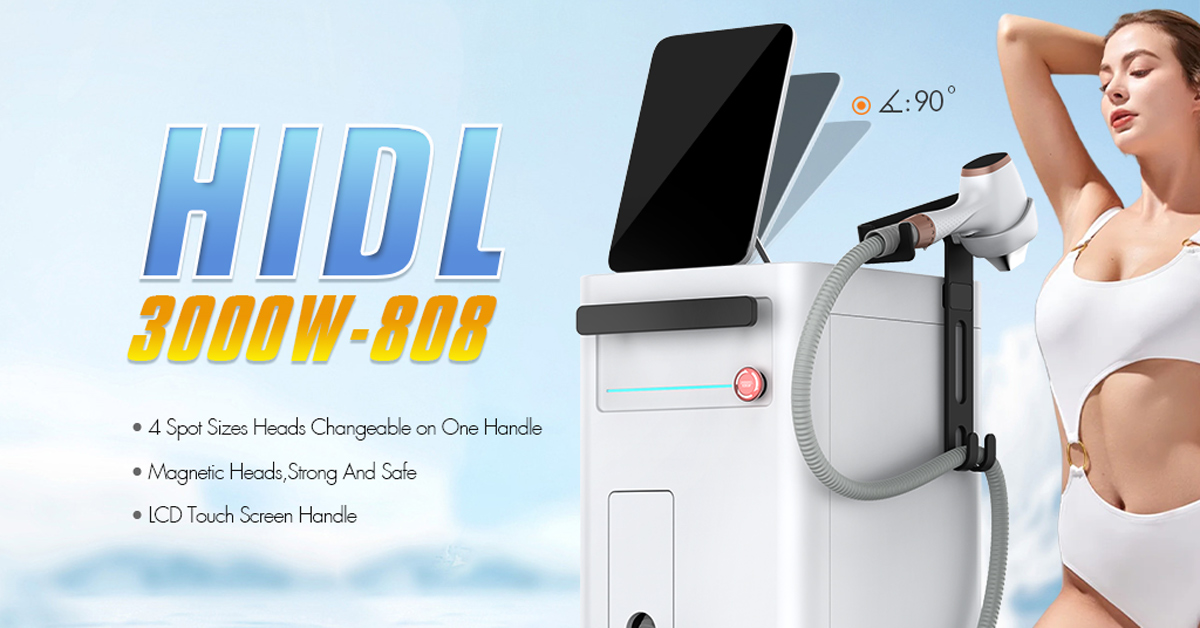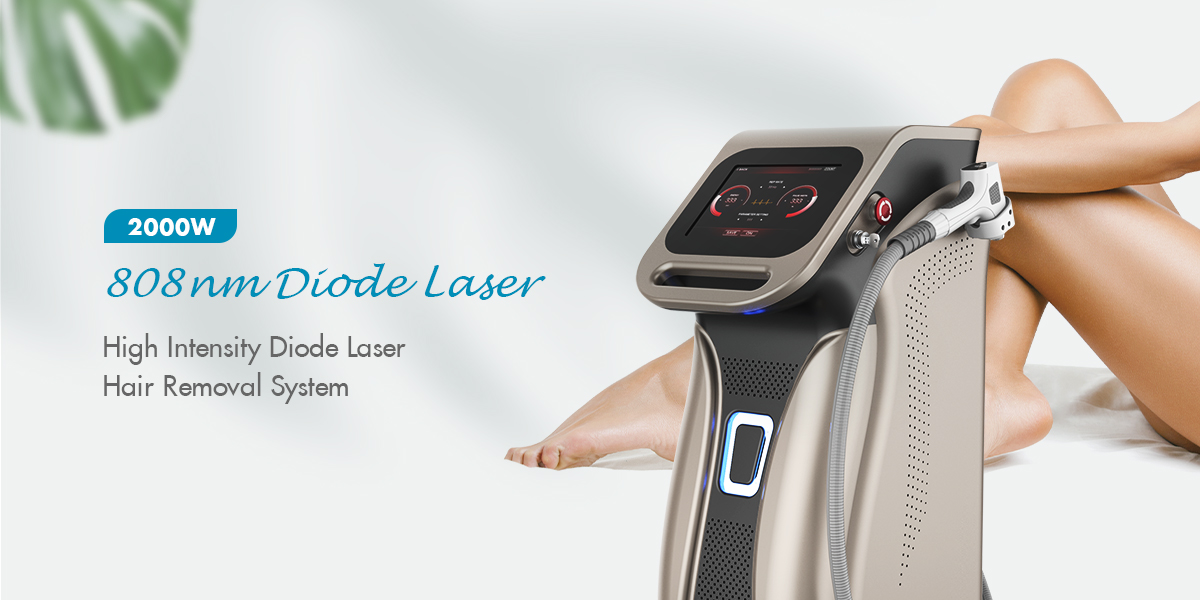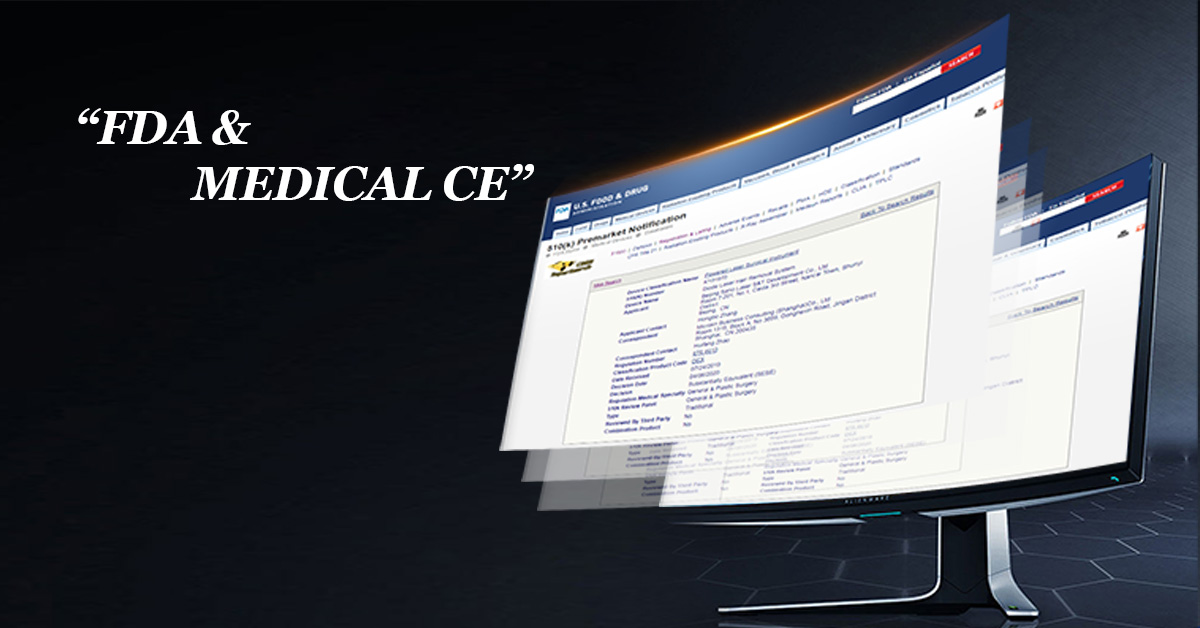Unwanted hair is a universal concern, and with advancements in cosmetic technology, IPL (Intense Pulsed Light) and laser hair removal have become the leading long-term solutions. But which method is right for your skin type, hair color, and lifestyle? This comprehensive guide breaks down the science, pros, cons, and key differences between IPL and laser hair removal-empowering you to make an informed, confident choice for smoother, hair-free skin.

Both IPL and laser hair removal use light energy to target and disable hair follicles, but their technology and effectiveness differ in important ways.
IPL devices emit a broad spectrum of light wavelengths, similar to a camera flash.
The light is absorbed by melanin (pigment) in the hair shaft, heating and damaging the follicle to inhibit future growth.
Because the light is less focused, IPL is generally less powerful per pulse and can affect surrounding skin tissue more than laser.
.jpg)
Laser devices use a single, concentrated wavelength of light, precisely targeting the melanin in hair follicles.
The focused energy penetrates deeper, delivering consistent, powerful results with minimal impact on surrounding skin.
Different laser types (like diode, Alexandrite, or Nd:YAG) can be tailored for various skin tones and hair types.
.jpg)
Feature | IPL | Laser Hair Removal |
Light Source | Broad-spectrum, diffused | Single, focused wavelength |
Precision | Lower | Higher |
Power per Pulse | Less intense | More intense |
Best For | Light to medium skin, dark hair | All skin tones (with correct laser) |
Speed | Covers large areas quickly | More sessions for large areas |
Pain Level | Mild to moderate | Mild (with cooling) |
Sessions Needed | 8–12 | 6–8 |
FDA Clearance | Hair reduction | Permanent hair reduction |
Cost | More budget-friendly | Higher per session, fewer sessions |
Home Devices | Widely available | Fewer, but growing in availability |
More powerful and precise, leading to faster and longer-lasting results.
Suitable for a wider range of skin tones and hair types, especially with advanced diode or Nd:YAG lasers.
Typically requires fewer sessions (6–8) for significant, often permanent, hair reduction.
Results are often visible after just 3–4 sessions, with up to 80% reduction in hair count in as little as 4 weeks for some devices.

Effective for light to medium skin tones with dark hair.
Requires more sessions (8–12) for optimal results, with maintenance treatments needed to sustain smoothness.
Results are gradual, with noticeable reduction after 12 weeks of consistent use.
Home-use IPL devices are popular for their affordability and convenience, but professional results may vary.
.jpg)
Pros:
Budget-friendly: Lower cost per session, especially for home-use devices.
Quick coverage: Treats larger areas in less time.
Multi-purpose: Some IPL devices can also treat pigmentation, redness, and acne.
Cons:
Less precise: Broad-spectrum light can affect surrounding skin, increasing risk of irritation for darker skin tones.
Not suitable for all skin/hair types:Works best on fair to olive skin with dark hair; less effective on light, red, gray, or very dark skin.
More sessions required:Results are gradual and require ongoing maintenance.
.jpg)
Pros:
High precision: Focused energy targets hair follicles with minimal impact on surrounding skin.
Long-lasting results: Often leads to permanent hair reduction after a series of treatments.
Suitable for more skin types: Advanced lasers can safely treat a wider range of skin tones and hair colors.
Fewer sessions: Noticeable results in fewer treatments compared to IPL.
Cons:
Higher upfront cost: Each session is more expensive, though fewer are needed overall.
Potential discomfort: Some users report a snapping sensation, but cooling technology and numbing creams help minimize pain.
Professional expertise required: Best results are achieved in a clinical setting with trained practitioners.

Both IPL and laser hair removal are non-invasive and generally safe when performed by qualified professionals or with FDA-cleared home devices.
Common Side Effects:
Temporary redness or swelling
Mild discomfort, similar to a sunburn
Shedding of treated hairs over 1–3 weeks
Rare Risks:
Blistering, burns, or pigmentation changes (more likely with improper use or unsuitable skin types)
Eye injury (always wear protective goggles)
Recovery:
Most people resume normal activities immediately.
Avoid sun exposure and harsh skincare products for several days post-treatment.

IPL may be the right choice if you:
Have light to medium skin and dark hair
Want a more affordable or at-home option
Prefer gradual hair thinning over time
Are comfortable with more sessions for visible results
Laser hair removal is ideal if you:
Want long-term or near-permanent results
Have deeper skin tones or resistant hair
Prefer faster, more powerful treatments
Seek FDA-cleared permanent hair reduction

Face: Both methods can be used, but laser offers more precision for sensitive areas like the upper lip or chin.
Legs/Arms: IPL covers large areas quickly, but laser delivers longer-lasting results.
Bikini/Underarms: Laser is often preferred for coarse, dark hair and sensitive skin.
Back/Chest (for men): Laser is more effective for dense, thick hair.

Laser hair removal: 6–8 sessions, spaced 4–6 weeks apart. Maintenance may be needed annually.
IPL hair removal: 8–12 sessions, with touch-ups every few months for lasting smoothness.
IPL devices dominate the home-use market, offering convenience and affordability. Results are best for fair to olive skin with dark hair.
At-home laser devices are newer and more expensive, but can deliver clinic-level results with proper use.
Always choose FDA-cleared devices and follow safety instructions.

A: Laser hair removal offers long-term, often permanent, hair reduction. Some regrowth can occur, but hair is usually finer and lighter. Occasional maintenance sessions may be needed.
A: IPL is generally less painful due to lower intensity, but both methods are well-tolerated. Cooling technology and numbing creams can minimize discomfort.
A: Laser (especially Nd:YAG and diode lasers) is safer and more effective for darker skin tones. IPL is not recommended for very dark skin due to higher risk of burns or pigmentation changes.
A: Laser: noticeable reduction after 3–4 sessions. IPL: visible results after 8–12 sessions, with continued improvement over time.
Consult a qualified practitioner for a personalized assessment of your skin type, hair color, and goals.
Patch test before full treatment to check for adverse reactions.
Avoid sun exposure before and after sessions to minimize side effects.
Follow aftercare instructions for best results and safety.
Choosing between IPL and laser hair removal depends on your unique skin, hair, budget, and expectations. Both methods offer effective, long-term solutions, but laser hair removal stands out for its precision, speed, and suitability for a wider range of skin tones and hair types.
Ready to experience expert-guided, medical-grade hair removal? Visit SANHE Laser Laser Hair Removal page to learn more about our advanced technology, tailored treatment plans, and how we can help you achieve your smoothest skin yet.
For personalized advice, book a consultation with our experienced team at Beauty Clinic Laser-your trusted partner in safe, effective, and lasting hair removal.